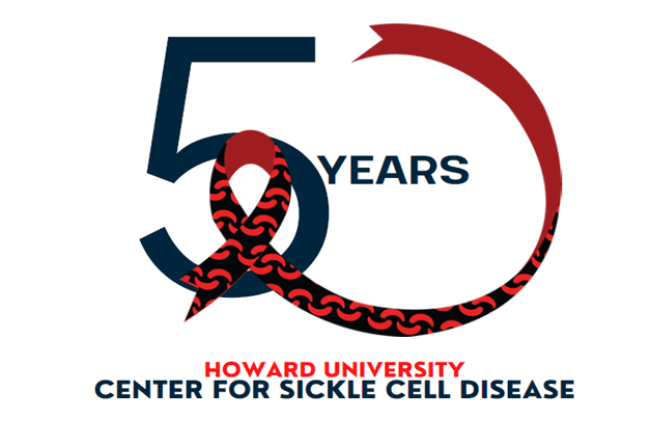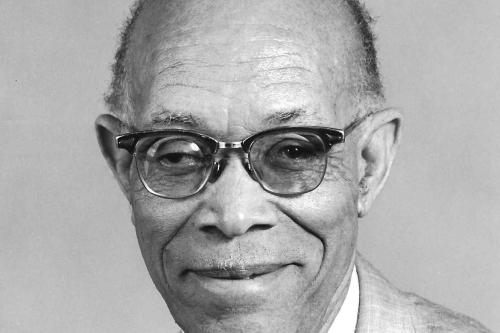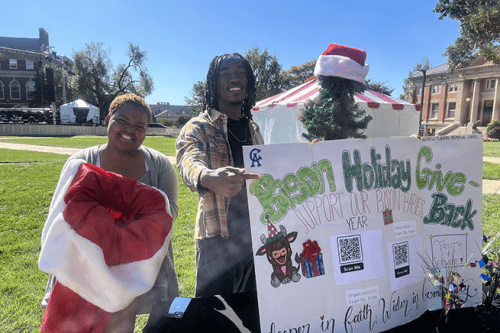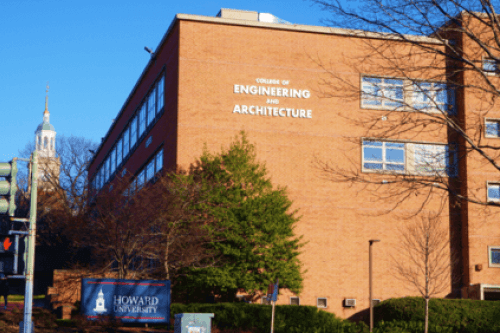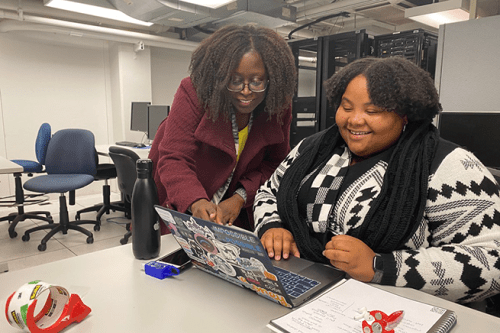Taylor himself specializes in hematology pediatric care, also teaching in the College of Medicine’s Hematology/Oncology and Microbiology/Immunology departments. However, the need for sickle cell disease treatment in all ages prompted a chance to serve adult patients. “I had chosen sickle cell not because I was a pediatric hegemonic person, but on its genetic merits,” Taylor says. Furthering Scott’s legacy, Taylor says, is another reminder of Howard’s continuous contributions and community service.
Since sickle cell disease is a chronic disease, Taylor and the Howard University Hospital identified four key problems: high re-hospitalization rates, multiple labs and imaging studies, few patient benefits, and the lack of coordinated outpatient care. Taylor says the center is looking for solutions to these problems, which includes sickle cell treatment teams that stay with patients during prolonged flare-ups.
Another prevalent issue is the overall health of patients. Extensive treatments and chronic pain can negatively impact the mental and spiritual wellbeing of patients. “It’s not just the blood,” Taylor says.
“It’s the trick of finding the right treatment and treating those other psychosocial factors at the same time,” Taylor explains, citing patients dealing with anxiety and depression due to their numerous hospitalizations.
The best defense against a pain crisis is preventing it.
Benjamin Buchholz is the program manager; his many roles include serving as the liaison between the Center for Sickle Cell Disease, sickle cell disease research efforts, and working with DC Health to improve care for individuals living with sickle cell disease. Buchholz credits the center’s database coordinator Angela Rock, community outreach director Barbara Harrison, and administrative assistant Stephanie Fulcher for their ability to translate the center’s mission and research into community support and awareness events.
“They have fostered excellent relationships with the community in order to hold successful community support and awareness events every year,” Buchholz says. “They manage partnerships with local SCD-related organizations as well as national supporting organizations, such as the American Red Cross. The community of sickle cell warriors in the D.C. area is such a strong group of individuals who are fully dedicated [to] advocacy and improving care.”
The center’s most recent community event was the World Sickle Cell Day Symposium, an online gathering to increase public knowledge about sickle cell disease. Howard University President Dr. Wayne A. I. Frederick, who lives with sickle cell, appeared in a discussion during the symposium.
Later that day, the center attended the American Red Cross red lighting ceremony for World Sickle Cell Awareness Day. In addition to treatment, public events to spread awareness align with not only the center’s mission, but the University-wide commitment to truth and service.
“The center of excellence is committed to building value opportunities for the next generation of African American physicians in addition to research and clinic care efforts,” Buchholz says. “Our job is to amplify the efforts of Howard University in the space as part of the national advocacy fight toward sickle cell disease awareness and overall funding.”
On the center’s horizon, Taylor would like to implement a multidisciplinary medical system where partners of the center, the University, and the Howard University Hospital can bring diverse treatments to patients since sickle cells affect every organ of the body. The center is already working with the College of Pharmacy to regulate the use of opioids in patient treatment.
Another goal is to transform patient treatment from emergency room visits to a day hospital that the center conducts. This would allow sickle cell consultations with medical professionals familiar with patients’ needs.
“We know what doses you need and what you don't need,” Taylor explains. “My ulterior motive there is to get more people on disease-modifying therapy. The best defense against a pain crisis is preventing it.”


